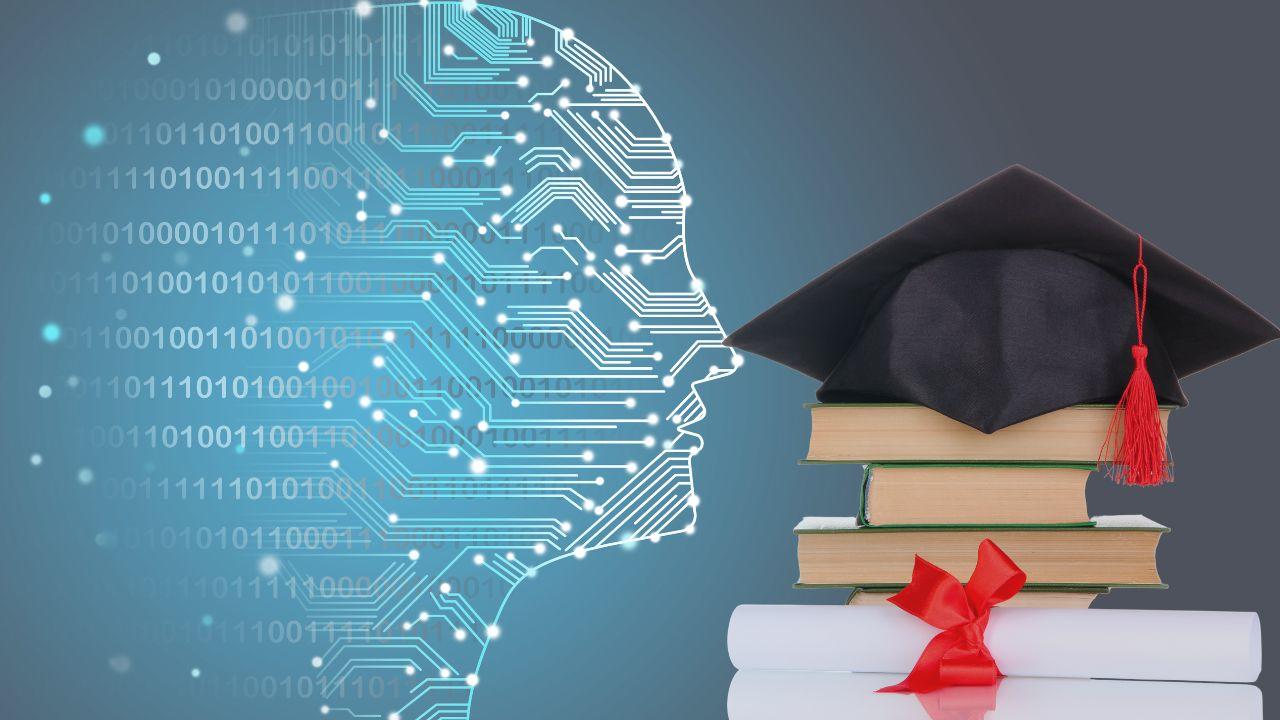By Jean-Ray Arseneau - Senior Director, IT Infrastructure & Operations
As AI continues to evolve, its role within the University will undoubtedly become more pronounced, fostering a tech-savvy environment that propels us towards greater efficiency and innovation.
The integration of artificial intelligence (AI) into higher education will not only transform teaching methods but will revolutionize decision-making processes in Information Technology at uOttawa. The intertwining of AI and higher education has started a paradigm shift in how we can approach IT strategies and operations, paving the way for more informed and efficient decision making.
One of the key areas where AI will make a significant impact is predictive analytics. By leveraging machine learning algorithms, we’ll be in a position to analyze vast amounts of data, allowing us to predict issues before they occur. For example, AI-powered systems can forecast potential network downtimes, hardware failures, or cybersecurity threats by identifying patterns and anomalies in data, thus enabling IT to proactively address these challenges and prevent disruptions.
AI-driven decision-making will also support resource allocation. Like many Canadian institutions, we often grapple with allocating budgets effectively for hardware upgrades, software licenses, and cybersecurity measures. AI could assist by analyzing past spending patterns, current needs, and future requirements to recommend optimal budget distributions, thus ensuring that investments align with technological advancements and the evolving needs of the University.
AI-driven chatbots and virtual assistants will also dramatically change how IT supports users. For IT in higher ed, who are continuously trying to find creative ways to meet demand, institutions must implement virtual assistants to sustain their operations. These systems provide instant help to students and faculty, addressing common IT queries, troubleshooting issues, and guiding them through various tech-related processes. This enhances the user experience and alleviates the burden on IT staff, allowing them to focus on more complex tasks that drive more value.
Furthermore, AI can facilitate personalized learning experiences by analyzing students' interactions with IT systems. This data would help us tailor educational platforms, recommend appropriate resources, and identify areas where technology can augment learning outcomes.
There is a myriad of possibilities that lie ahead of us. We need to prioritize which ones to tackle first that will enhance the user experience for the community all while maintaining strong security measures.
